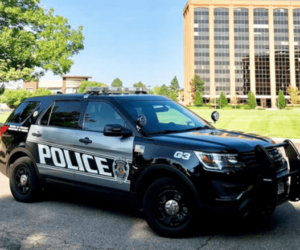Hillbilly Heroin, kicker, oxy…call it what you want, it’s all the same. Local police have become alarmed for these small yellow/white pills that are becoming a big problem.
It’s a narcotic painkiller called OxyContin and it is highly addictive. It’s also called Percocet, Oxycocet, and Percodan when mixed with other things such as aspirin. These oxycodone-based drugs are for moderate to sever pain. However the treatment has side effects of euphoria, or an intense feeling of pleasure, which makes the drug so appealing and addictive.
Health Canada states, “With the purest form of the drug, OxyContin, pills are time-released when taken normally, but when chewed, inhaled through the nose or injected, the effects become stronger.” So strong, that it’s hard not to get addicted to the feeling of stimulation. People become reliant on that feeling and continue to abuse the drug in order to get that high again and again.
Serious consequences can come from the abuse of oxycodone. An overdose can cause circulatory collapse or cause individuals to stop breathing. A 2009 study from the College of Physicians and Surgeons of Ontario, says “deaths from oxycodone-related drugs rose to 119 in 2006, from 35 in 2002, a 240% increase.”
These drugs are now becoming a public health crisis.
In St. Thomas, 95% of all drug investigations have involved oxycodone. 82 charges for illegal possession has been made since January of 2009, with police seizing 1,700 OxyContin pills and over 600 hydromorphone tablets.
Why is this becoming such an epidemic? Sgt Chris Perrin puts the blame on the prescription writers. “It’s widely prescribed and quite a few prescriptions a day go out in huge quantities for people. So, there’s a lot of it for sale on the streets. The problem is, some of it is for legitimate pain use and some is questionable, definitely,” he stated.
Perrin suggests that police and doctors start openly communicating. When it comes to the pharmacist, they have to issue the prescription given to them, they cannot detest it. However, the doctor can. Law enforcement can solve this prescription drug problem alone.
“We do our part and do what we can, but at the end of the day, this isn’t a drug that’s manufactured in some-one’s basement. It’s a legitimately produced medication that’s either being overly prescribed or people are going to

